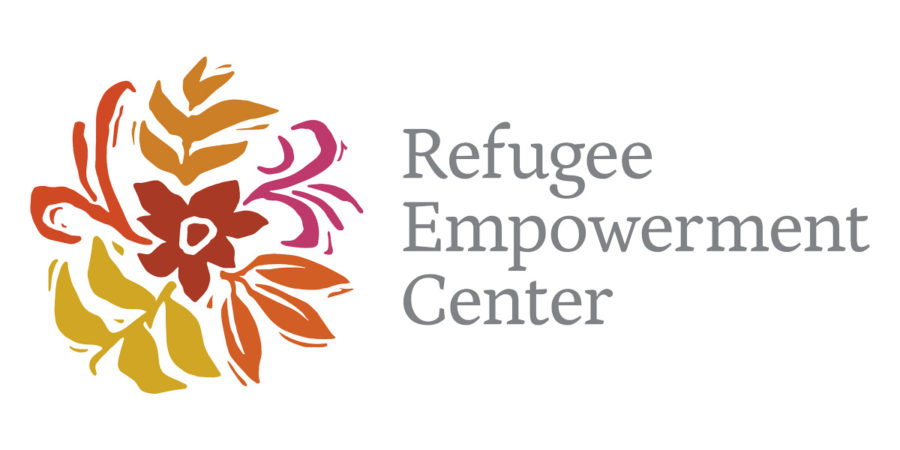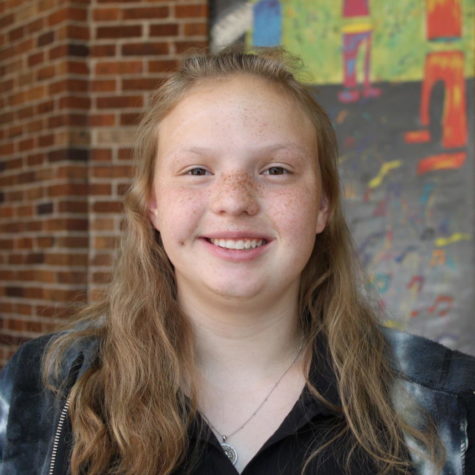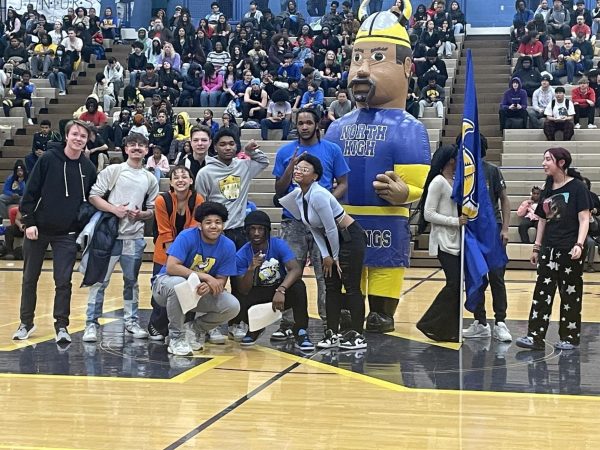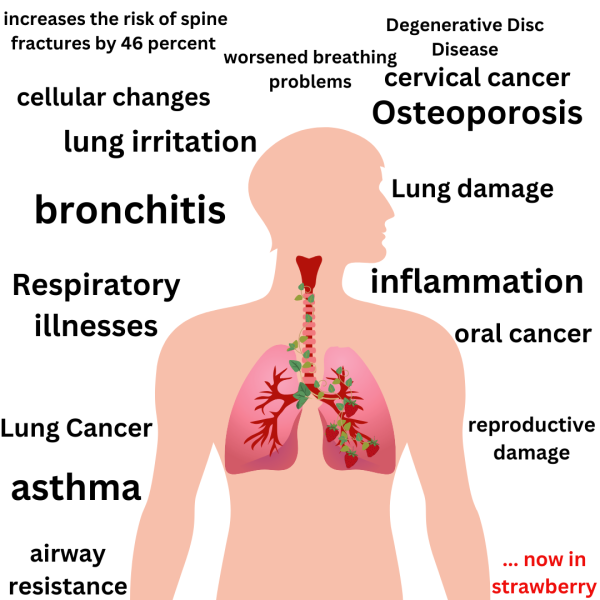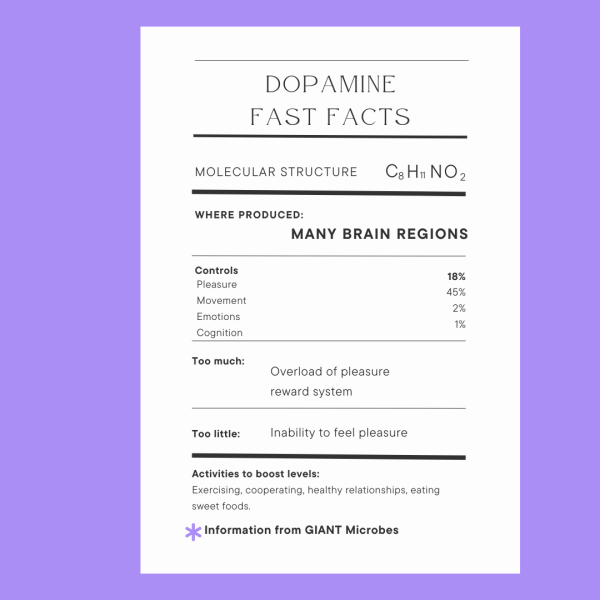Refugee Empowerment Center empowers refugees
A program committed to helping refugees
November 28, 2022
The definition of refugee is a displaced person who has crossed national borders and who cannot or is unwilling to return home due to well-founded fear of persecution. This is why there are refugee programs out there, one of them being the Refugee Empowerment Center (REC).
The REC was founded by former Executive Director Tor Kuet, who migrated to Omaha with a friend. Kuet realized that it was hard for refugees to go into the fast-paced American culture, having to learn a new language, mode of transportation and way of life.
There are five leaders of the REC, the Executive Director is Erik Omar. The volunteer coordinator is Nikki Johnson. Johnson recruited all the volunteers that came in to help the refugees.
To be considered to come to the United States, refugees must first be referred by the United Nation Refugee Agency or be eligible to apply through one of the Direct Access Programs. When their applications are processed, the refugees are transported to REC.
One of the programs the REC offers is the Reception and Placement Program. This program helps refugees during the first 90 days of their arrival to the United States. Some things they do are secure safe and affordable housing, furniture, household items, and weather-appropriate clothing. This program also gives refugees medical screening and referrals.
There is also an Educational Program, English as a Second Language (ESL) classes, cultural orientation classes, a finance class, a job readiness class, entrepreneurial classes, citizenship classes and parenting classes. REC even offers an educational driving class.
“The REC is funded primarily by contracts from the federal government. We also receive donations from private foundations and individual donors,” according to Cailan Franz, an education case manager for the REC.
There are several ways to help refugees. One way to contribute is through an in-kind donation. This is where a person donates items from a refugee’s Amazon Wish List.
People can also volunteer, which helps approximately 300 refugees each year. There are four types of volunteer groups, which are co-sponsorship, resettlement, education, employment and preferred community.
Co-sponsorship helps a single family for nine months, groups of seven to ten are trained. The model requires the group to raise at least $3,000 for the family’s needs. They will meet up about once a week for the upkeep and guidance the family needs.
The resettlement volunteers complete tasks for several refugee families once a week. They set up new homes or buy groceries for arriving families.
The education volunteer group helps refugees with needs such as teaching classes and assisting with school enrollments. The refugees are offered educational driving classes so they can commute to their needed destinations, such as the grocery store, work and medical appointments.
Employment volunteers help with transporting individuals to job orientations. The volunteers can teach them how to use the city bus to go to work or link with workmates that live in the same area so they can ride together.
Preferred community volunteers help the refugees walk the community and show them how to navigate public transportation. They teach refugees basic chores, such as washing dishes, running appliances and cleaning their houses for their everyday life.
To learn more or become a volunteer, visit their website at refugeeempowerment.org.


